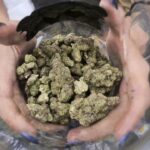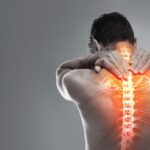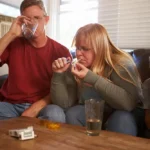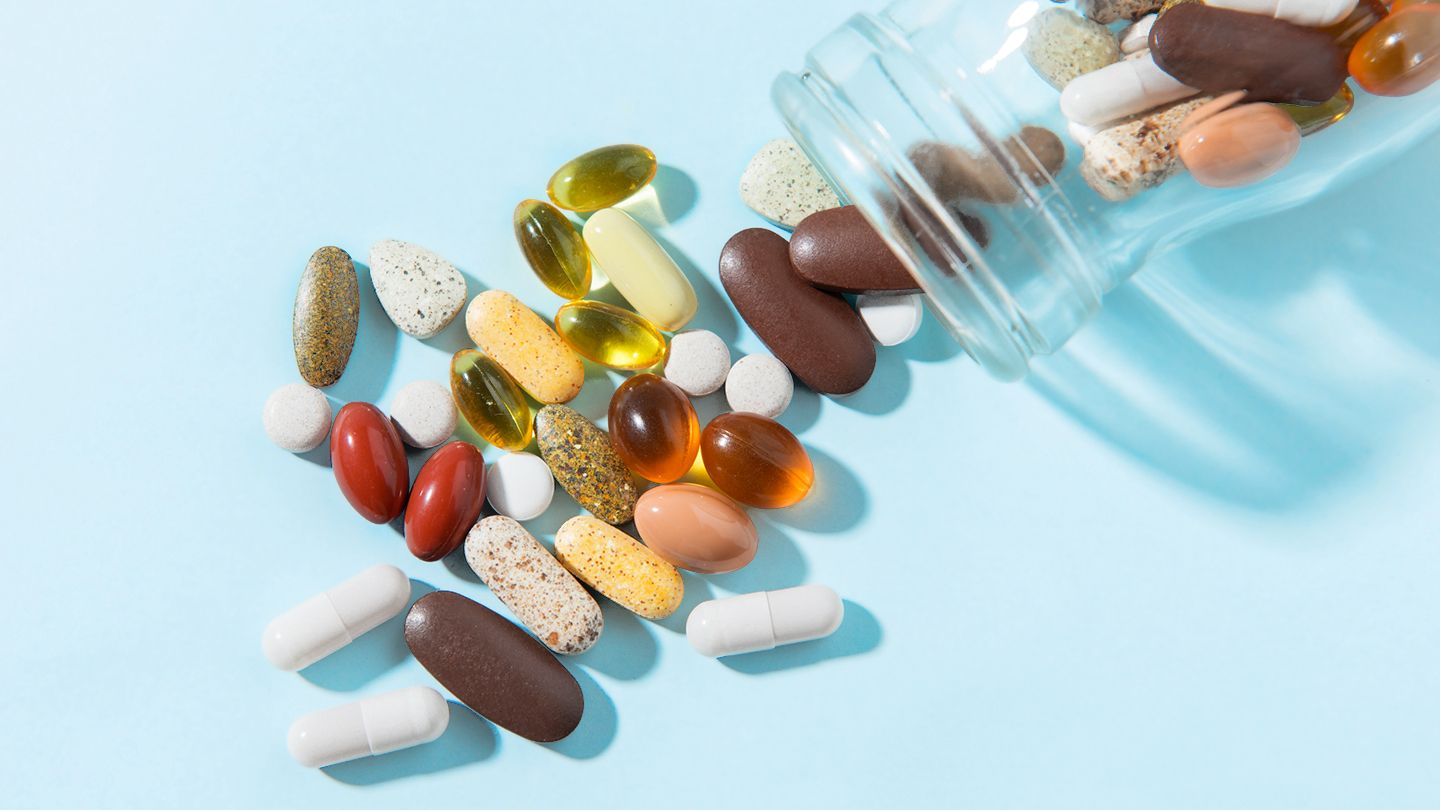The global pharmaceutical industry has been plagued by the problem of counterfeit drugs for years. Counterfeit drugs are fake medications that are sold to unsuspecting consumers, often resulting in serious health consequences. The World Health Organization (WHO) estimates that counterfeit drugs are responsible for up to 10% of the global pharmaceutical market. Canada is not immune to the problem of counterfeit drugs, but the country’s pharmacy industry has taken a proactive approach to fight this menace. In this article, we will discuss the role of Canadian Pharmacy in the fight against counterfeit drugs.
The Scale of Counterfeit Drugs in Canada
Counterfeit drugs are a global problem, and Canada is no exception. While the country has robust regulatory systems in place to ensure the safety and efficacy of medications, counterfeit drugs still find their way into the country. According to the Canadian Pharmacists Association, counterfeit drugs account for about 1% of the Canadian pharmaceutical market. While this may seem like a small number, it still translates into a significant public health risk. To combat this problem, Canadian Pharmacy has taken several measures to ensure that patients receive safe and effective medications.
Regulatory Framework for Canadian Pharmacy
The Canadian government has established a comprehensive regulatory framework to ensure the safety and efficacy of medications sold in the country. Health Canada is the regulatory body responsible for overseeing the pharmaceutical industry. It works with various stakeholders, including Canadian Pharmacy, to develop and enforce regulations that govern the importation, manufacture, and sale of drugs. Canadian Pharmacy must comply with these regulations to ensure that patients receive safe and effective medications.
Pharmacy Accreditation Programs
To further ensure the safety of medications sold in the country, Canadian Pharmacy has established accreditation programs. These programs require pharmacies to meet certain standards regarding the storage, dispensing, and labeling of medications. Accreditation is voluntary, but many pharmacies choose to participate to demonstrate their commitment to patient safety.
Verification Programs
Canadian Pharmacy has also established verification programs to help patients identify legitimate online pharmacies. These programs allow patients to verify that the pharmacy they are using is licensed and in good standing with regulatory authorities. Patients can also use these programs to verify that the medications they receive are safe and effective.
Educating Patients
Canadian Pharmacy plays an important role in educating patients about the dangers of counterfeit drugs. Pharmacies provide information to patients about how to identify counterfeit drugs, what to do if they suspect they have received a counterfeit medication, and how to report suspected counterfeit drugs to regulatory authorities. This education helps patients to make informed decisions about their health and reduces the risk of harm from counterfeit medications.
Collaboration with Regulatory Authorities
Canadian Pharmacy also collaborates with regulatory authorities to identify and prevent the sale of counterfeit drugs. Pharmacy staff are trained to recognize counterfeit medications and report them to regulatory authorities. Pharmacists also work closely with regulatory authorities to investigate suspected cases of counterfeit drugs and identify their source.
Counterfeit drugs pose a significant public health risk, but Canadian Pharmacy has taken a proactive approach to fight this menace. Through regulatory frameworks, accreditation programs, verification programs, patient education, and collaboration with regulatory authorities, Canadian Pharmacy has established a comprehensive approach to ensure the safety and efficacy of medications sold in the country. While the problem of counterfeit drugs is not likely to go away anytime soon, Canadian Pharmacy’s efforts are helping to mitigate the risk and ensure that patients receive safe and effective medications.

 Utilizing 3d printing technology in medical training
Utilizing 3d printing technology in medical training  Online THC A Flowers: Best Options Available
Online THC A Flowers: Best Options Available  Entails of terpenes in Delta 8 gummies
Entails of terpenes in Delta 8 gummies  Why are regular check-ups with a thyroid health specialist important?
Why are regular check-ups with a thyroid health specialist important?  Pain Down There? You Are Not Alone! Understanding Chronic Pelvic Pain
Pain Down There? You Are Not Alone! Understanding Chronic Pelvic Pain  What Allied Health Services are Available in Werribee for NDIS Participants?
What Allied Health Services are Available in Werribee for NDIS Participants?  What to Expect When Visiting a Pain Center for the First Time?
What to Expect When Visiting a Pain Center for the First Time?  Health benefits of using the best magic mushroom gummies
Health benefits of using the best magic mushroom gummies  Addiction is a complex and devastating disease.
Addiction is a complex and devastating disease. 
